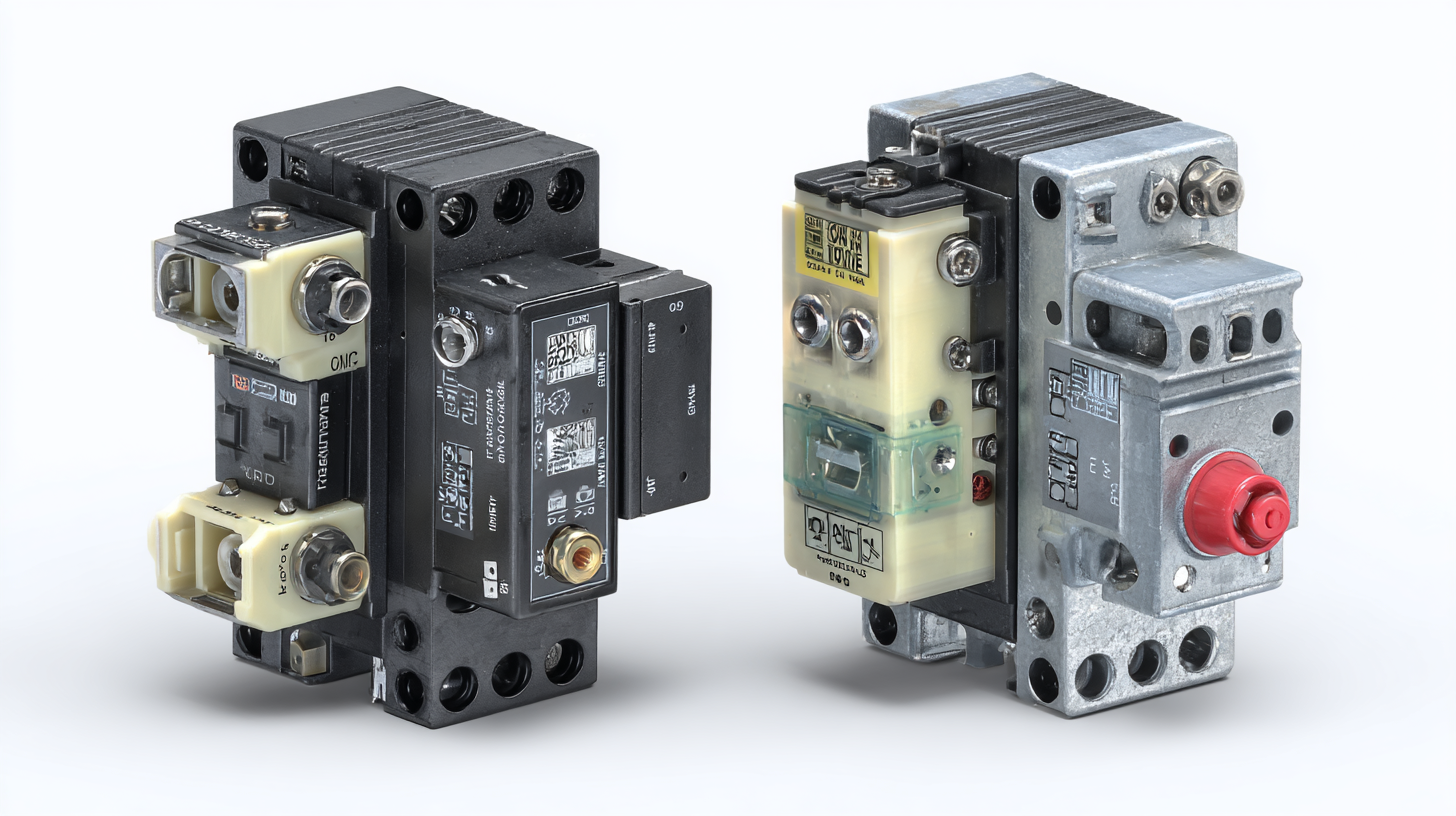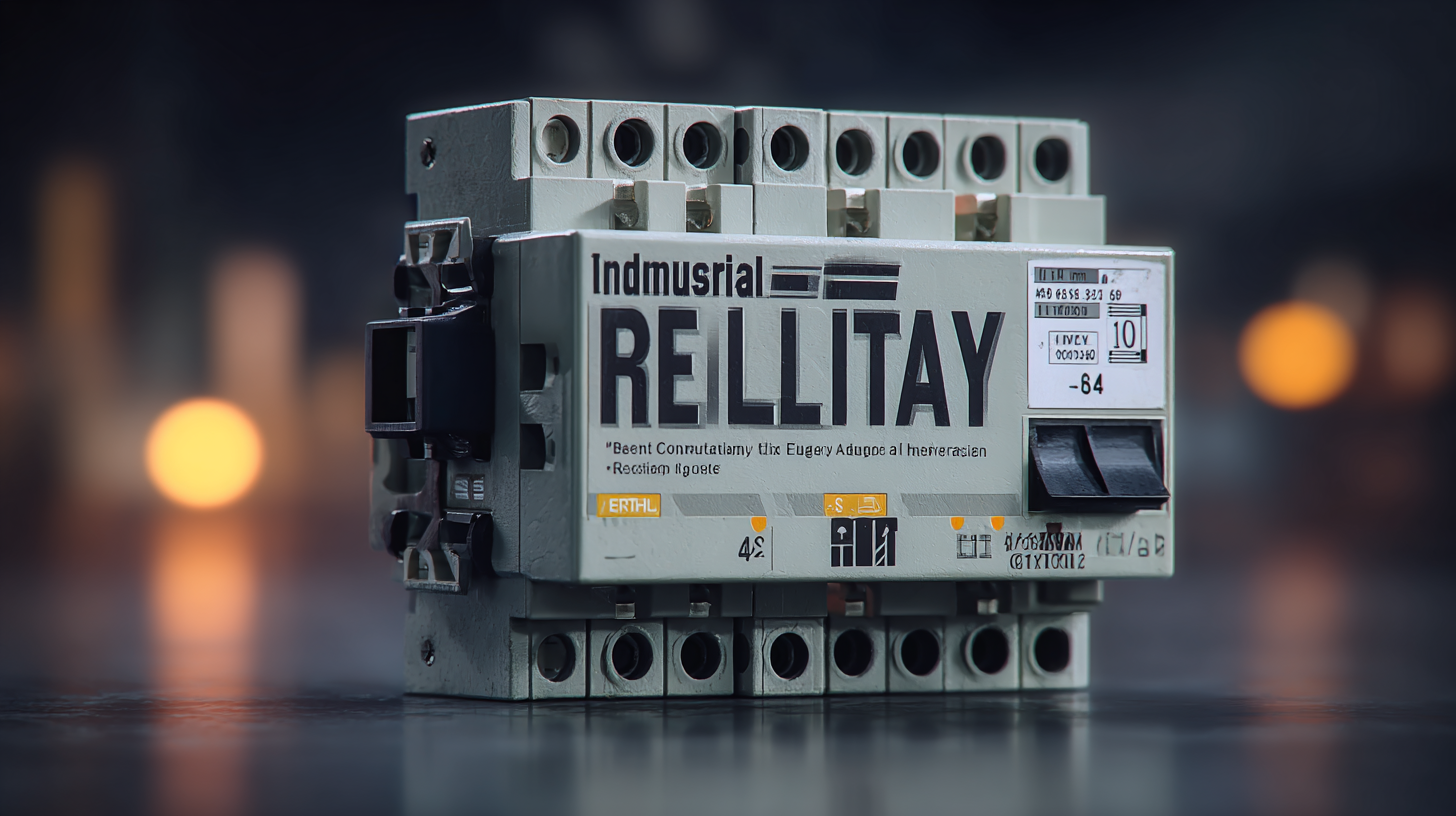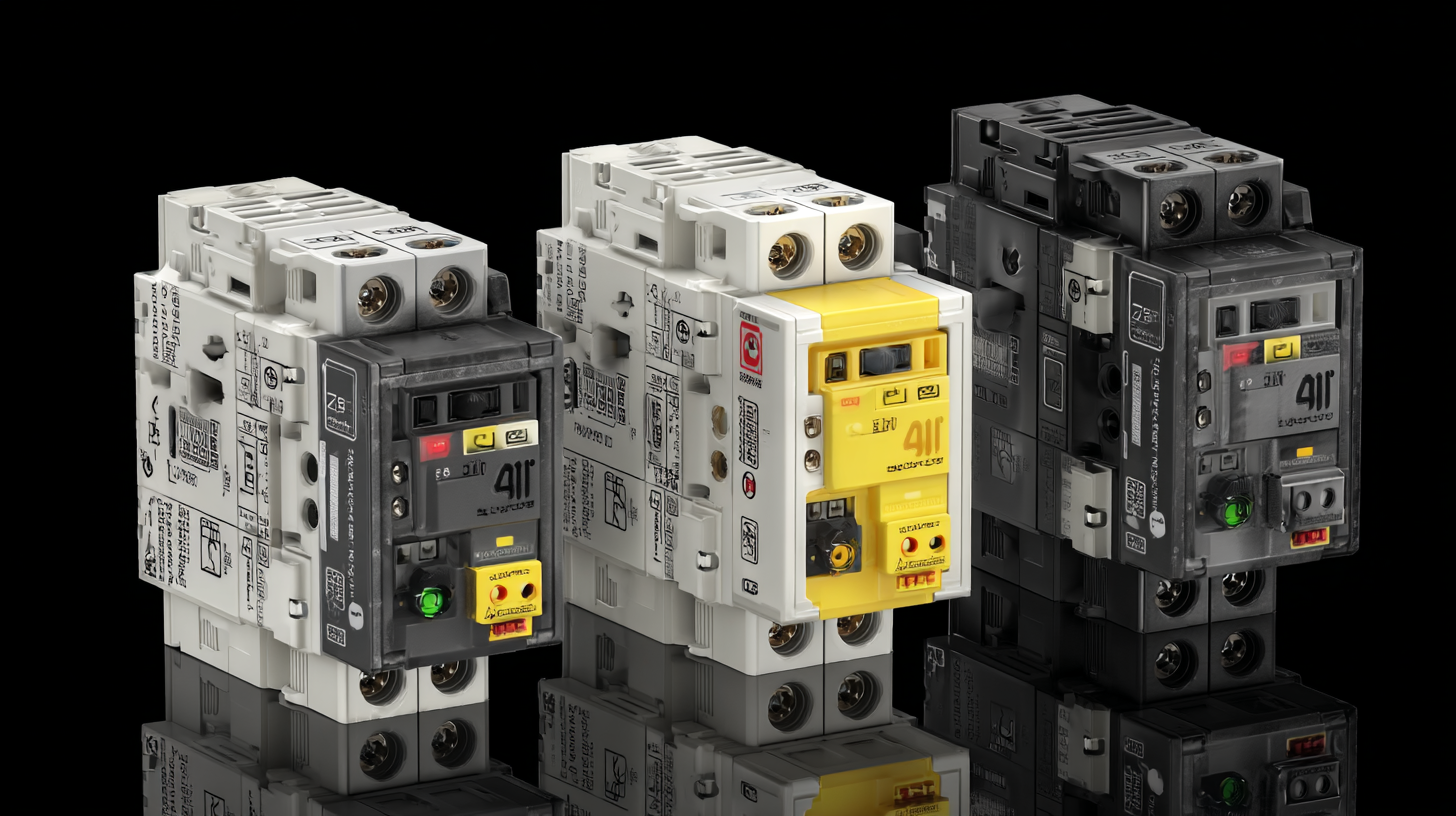In today's fast-paced industrial landscape, efficiency is paramount, and the choice of components can significantly impact operational performance. Industrial relays, which serve as critical electromechanical switches, are integral to a myriad of applications ranging from automation systems to power control.

According to a report by MarketsandMarkets, the global industrial relay market is projected to reach $3.2 billion by 2025, driven by increasing demand for automated solutions and the rise of smart factories. These devices help reduce energy consumption and enhance system reliability, making them indispensable in modern manufacturing and process control environments. Understanding the technical specifications and applications of the best industrial relays can empower engineers and decision-makers to optimize their systems, ultimately leading to improved productivity and reduced operational costs.
As we approach 2025, the landscape of industrial relay technology is set to undergo significant transformations. Key trends influencing this evolution include the integration of automation in various industries, driven by the need for efficiency and safety. The adoption of smart technologies, particularly in sectors like fluid power and oil packing, where automation is becoming paramount, will likely boost the demand for advanced industrial relays that can handle high performance and reliability.
Tips for Selecting Industrial Relays:
When selecting industrial relays, understanding the essential specifications is crucial for ensuring operational efficiency and longevity. According to a recent market analysis by Research and Markets, the global industrial relay market is projected to reach $11.81 billion by 2025, highlighting the surging demand for reliable and efficient relay systems in various sectors. Key specifications that should be considered include coil voltage, contact ratings, and switching capacity. Tailoring these specifications to your specific application can significantly enhance performance and reduce downtime.
Another critical factor is the relay's expected lifespan, which varies depending on its design and application. A report from the International Electrotechnical Commission indicates that a well-designed relay can operate effectively for over 10 million cycles in ideal conditions. Additionally, the operating environment plays a crucial role; for instance, relays in high-temperature settings require heat-resistant materials and precise thermal management to prevent failures. By carefully evaluating these specifications, industries can select the most appropriate relays that align with their operational needs, thereby unlocking greater efficiency in their processes.
 Industrial relays play a crucial role in automating processes across a variety of industries. These devices act as switches, controlling the flow of electricity in industrial applications ranging from manufacturing to water treatment. In the automotive sector, for example, industrial relays are used to manage the functions of various electrical systems, ensuring vehicle safety and performance. In the energy sector, they help maintain efficient power distribution and protect equipment from overloads.
Industrial relays play a crucial role in automating processes across a variety of industries. These devices act as switches, controlling the flow of electricity in industrial applications ranging from manufacturing to water treatment. In the automotive sector, for example, industrial relays are used to manage the functions of various electrical systems, ensuring vehicle safety and performance. In the energy sector, they help maintain efficient power distribution and protect equipment from overloads.
When selecting an industrial relay, it's essential to consider both its specifications and its intended application. Tip: Always refer to the comprehensive technical specifications to ensure compatibility with the system requirements. Understanding the coil voltage, contact rating, and switching capacity of the relay is vital for optimal performance.
Tip: Regular maintenance can significantly extend the life of industrial relays. Institutions should implement a schedule for routine checks and testing to identify any signs of wear or failure early on. This proactive approach can prevent unexpected downtimes and costly repairs, ensuring that industrial processes run smoothly and efficiently.
Integrating advanced industrial relays into existing systems can significantly enhance operational efficiency and reliability. When selecting the right relay for your application, it's crucial to consider the specifications that align with your system's requirements. This includes evaluating parameters such as coil voltage, contact ratings, and switching speed. Advanced relays often offer features like built-in diagnostics and communication interfaces, which can facilitate smoother integration with existing automation protocols.
When implementing these relays, a systematic approach is essential. Start by mapping out your current system architecture and identifying pain points where efficiency is hindered. Once you have a clear understanding of your needs, proceed to replace outdated components with state-of-the-art relays. Pay special attention to the mounting options and wiring configurations to ensure compatibility. Proper installation and configuration will not only streamline operations but also minimize downtime, allowing for quicker response times and improved overall performance.
The result is a seamlessly integrated system that can adapt to evolving industrial demands.
 Maintaining and upgrading industrial relays is crucial for maximizing efficiency in various applications. Regular maintenance practices, such as checking for contact wear, ensuring proper coil voltage, and inspecting the surrounding environment for dust and moisture, can significantly extend the life of relays. Establishing a routine maintenance schedule helps identify potential issues before they escalate, reducing downtime and preventing costly repairs. Implementing these practices ensures that relays operate at optimal performance levels, ultimately enhancing the reliability of the entire system.
Maintaining and upgrading industrial relays is crucial for maximizing efficiency in various applications. Regular maintenance practices, such as checking for contact wear, ensuring proper coil voltage, and inspecting the surrounding environment for dust and moisture, can significantly extend the life of relays. Establishing a routine maintenance schedule helps identify potential issues before they escalate, reducing downtime and preventing costly repairs. Implementing these practices ensures that relays operate at optimal performance levels, ultimately enhancing the reliability of the entire system.
Upgrading to modern relay technology can also lead to significant efficiency gains. Newer relays often come equipped with improved features such as enhanced diagnostic capabilities and better energy efficiency. By integrating smart relays into existing systems, businesses can benefit from real-time monitoring and improved control over their processes. Additionally, training staff on the latest technologies and best practices ensures that they are equipped to maintain and manage these advanced systems effectively, further enhancing operational reliability and productivity. As industries continue to evolve, staying informed about the latest relay technologies and maintenance strategies will be essential for sustaining competitive advantage.
TradeManager
Skype
VKontakte

